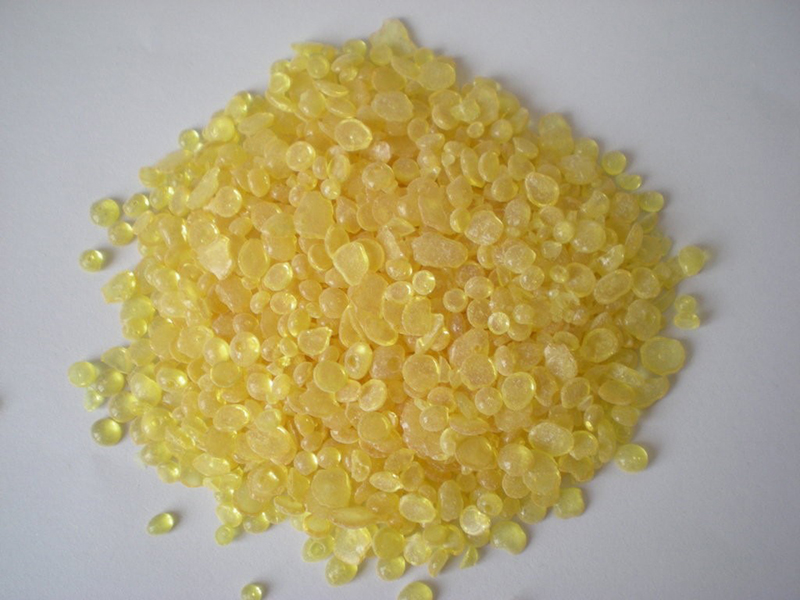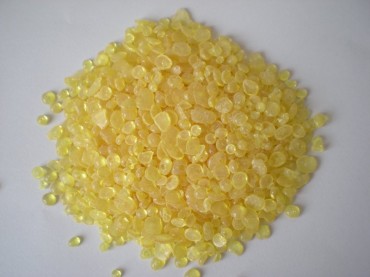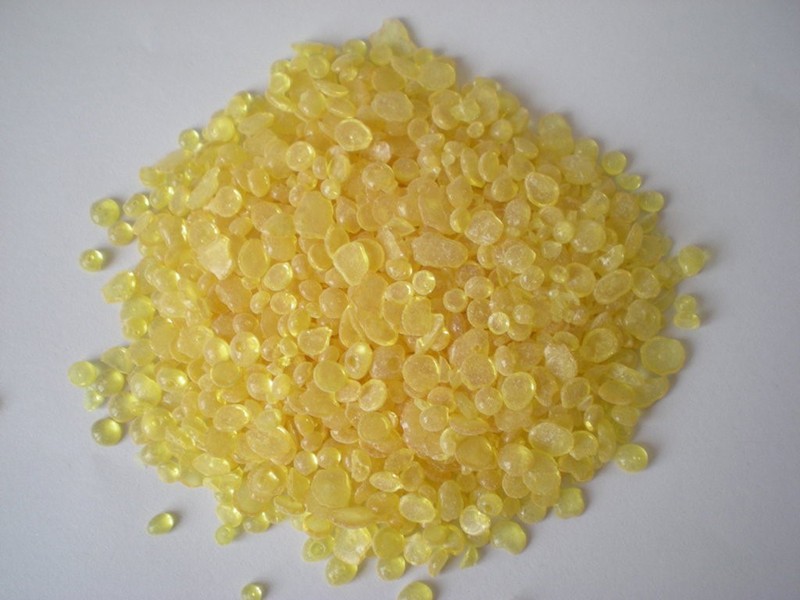
 Language
▼
Language
▼
More Language





Technical analysis of tackifying resins
I. Main types and characteristics
Petroleum resin:
C5 petroleum resin: Made from cracked carbon five fractions, it has low chroma, high compatibility (compatible with polymers such as EVA/SBS/SEBS) and aging resistance, with a softening point range of 70-140°C, and is widely used in hot melt adhesives, pressure-sensitive adhesives and rubber tires.
C9 petroleum resin: Aromatic structure, acid and alkali resistance and better temperature resistance (softening point > 120°C), suitable for high-strength bonding scenarios such as tire tread adhesives and anti-corrosion coatings, and has good compatibility with natural rubber and synthetic rubber.
Terpene resin: Made from turpentine, it is light and transparent, resistant to yellowing, and has excellent compatibility with elastomers such as SBS/SIS, and is suitable for environmentally friendly products such as transparent tape and medical pressure-sensitive adhesives.
Phenolic resin: Tert-butylphenolic resin (204 resin): Soluble in organic solvents, significantly improves the bonding strength and process stability of styrene-butadiene rubber and chloroprene rubber, and is used in industrial fields such as tire molding and hose lamination. Thermoplastic phenolic resin (SP-1068): Specially used in tire lamination process, enhances the dynamic bonding strength of rubber-cord, and is suitable for high temperature and high pressure processing environment. Modified resin: P-580 tackifying resin: Colorless and transparent, yellowing resistance (softening point 110-130℃), enhances the cohesion and heat resistance of chloroprene adhesive, and is suitable for food packaging and medical grade adhesives. 2. Core mechanism of action Physical tackification: Filling the gaps between rubber molecules or forming a dense adhesive film to improve the mechanical bite force of the interface, such as C5 resin in hot melt adhesive to improve wettability and initial adhesion. Chemical bonding: Resin active groups (such as phenolic hydroxyl groups and anhydride) form hydrogen bonds or covalent bonds with rubber polar segments. For example, phenolic resin improves dynamic bonding strength by cross-linking phenolic hydroxyl groups with rubber.
3. Typical application scenarios
Hot melt adhesive and pressure-sensitive adhesive: C5 petroleum resin (such as Daqing Huake HK51) provides high peel strength and fast adhesion in EVA/SBS hot melt adhesive, suitable for label and sanitary product production.
Tire manufacturing: C9 petroleum resin is compounded with SP-1068 phenolic resin to enhance the wear resistance of tread rubber and the bonding strength of rubber-cord interface, and reduce the risk of high-temperature delamination.
Industrial adhesive: P-580 resin is used in chloroprene adhesive to improve hydrolysis resistance and stability, and is suitable for automotive sealing strips and building structure bonding.

 Address:Linzi District,Zibo City,Shandong Province
Address:Linzi District,Zibo City,Shandong Province E-mail:wanbang@wanbangresin.com
E-mail:wanbang@wanbangresin.com WhatsApp:+8615053337101
WhatsApp:+8615053337101
China C5 hydrogenated petroleum resin supplier : Shangdong Wanbang New Materials Co., Ltd.
C5 hydrocarbon resin manufacturer has a wide range of applications, high quality, low price, and multiple uses.Welcome to consult.